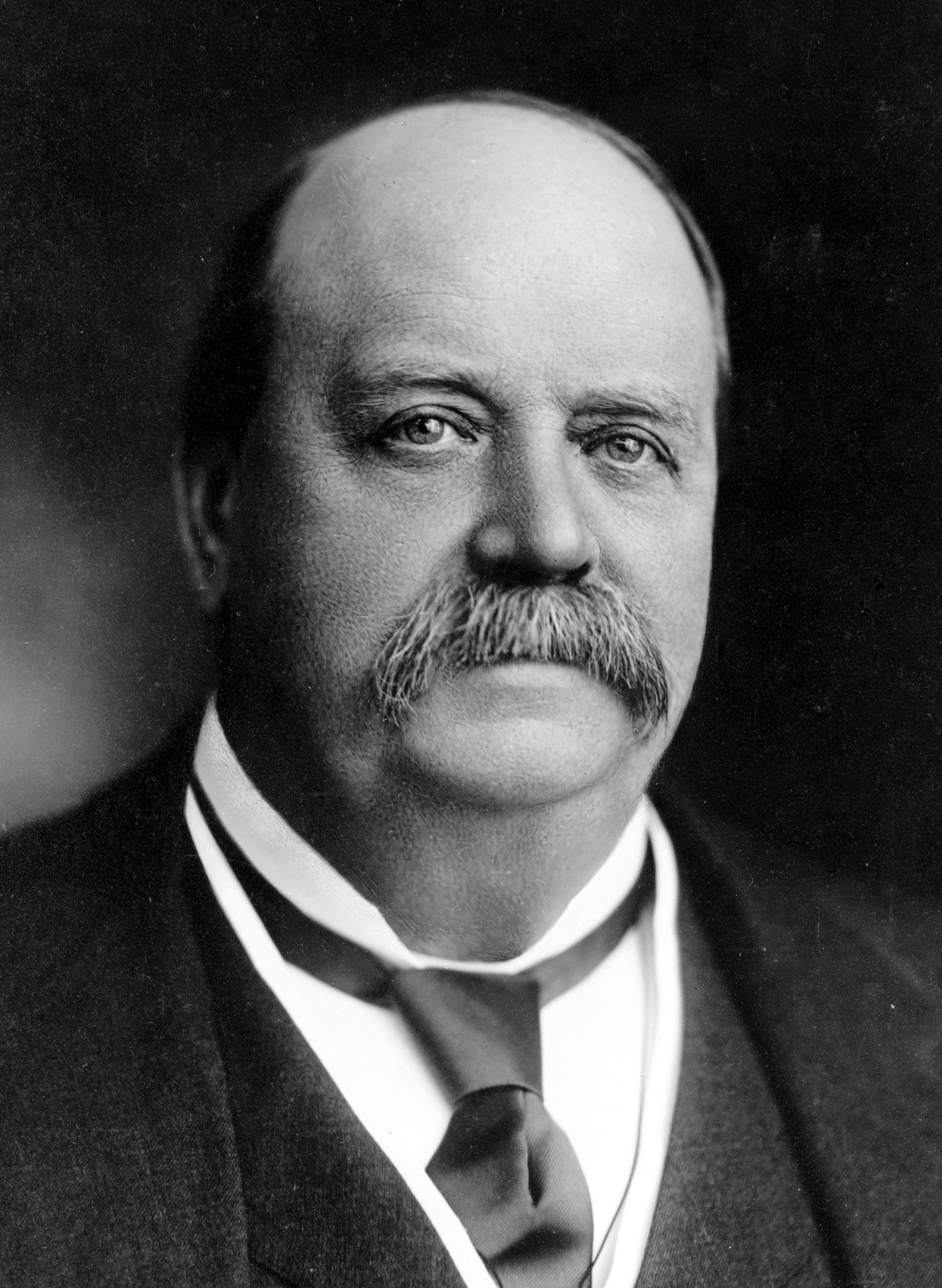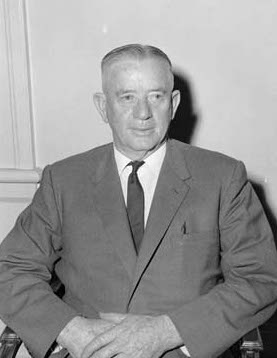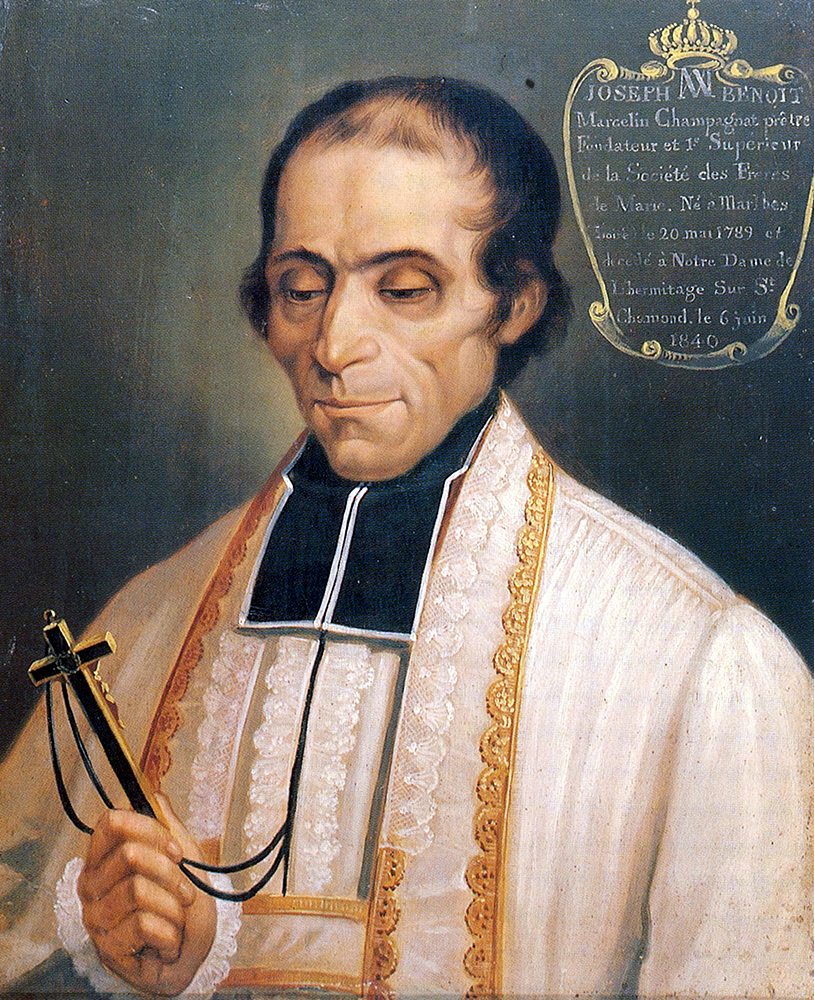|
Mick Young
Michael Jerome Young (9 October 19368 April 1996) was an Australian politician. He rose through the Australian Labor Party (ALP) to become its National Secretary, before serving as a Labor member of the House of Representatives from the 1974 election to 1988. He was a senior minister in the Hawke government, and was a prominent political figure during the 1970s and 1980s. Young was also President of the Australian Labor Party from 1986 to 1988. Early life Born in Sydney to Irish Catholic parents, Young attended school at Marist Brothers College in the Sydney suburb of Mosman. After his high school days he worked as a shearer and roustabout before becoming an organiser with the Australian Workers' Union in South Australia. Early political involvement He was appointed as the party's South Australian state organiser in 1964, and his role in the first Labor electoral win for 30 years at the 1965 state election (the election resulted in Frank Walsh becoming Labor Premier) led f ... [...More Info...] [...Related Items...] OR: [Wikipedia] [Google] [Baidu] |
The Honourable
''The Honourable'' (British English) or ''The Honorable'' ( American English; see spelling differences) (abbreviation: ''Hon.'', ''Hon'ble'', or variations) is an honorific style that is used as a prefix before the names or titles of certain people, usually with official governmental or diplomatic positions. Use by governments International diplomacy In international diplomatic relations, representatives of foreign states are often styled as ''The Honourable''. Deputy chiefs of mission, , consuls-general and consuls are always given the style. All heads of consular posts, whether they are honorary or career postholders, are accorded the style according to the State Department of the United States. However, the style '' Excellency'' instead of ''The Honourable'' is used for ambassadors and high commissioners. Africa The Congo In the Democratic Republic of the Congo, the prefix 'Honourable' or 'Hon.' is used for members of both chambers of the Parliament of the Democratic R ... [...More Info...] [...Related Items...] OR: [Wikipedia] [Google] [Baidu] |
Australian Labor Party
The Australian Labor Party (ALP), also simply known as Labor, is the major centre-left political party in Australia, one of two major parties in Australian politics, along with the centre-right Liberal Party of Australia. The party forms the federal government since being elected in the 2022 election. The ALP is a federal party, with political branches in each state and territory. They are currently in government in Victoria, Queensland, Western Australia, South Australia, the Australian Capital Territory, and the Northern Territory. They are currently in opposition in New South Wales and Tasmania. It is the oldest political party in Australia, being established on 8 May 1901 at Parliament House, Melbourne, the meeting place of the first federal Parliament. The ALP was not founded as a federal party until after the first sitting of the Australian parliament in 1901. It is regarded as descended from labour parties founded in the various Australian colonies by the emergin ... [...More Info...] [...Related Items...] OR: [Wikipedia] [Google] [Baidu] |
Paul Keating
Paul John Keating (born 18 January 1944) is an Australian former politician and unionist who served as the 24th prime minister of Australia from 1991 to 1996, holding office as the leader of the Australian Labor Party (ALP). He previously served as treasurer of Australia in the Hawke government from 1983 to 1991 and as deputy prime minister of Australia from 1990 to 1991. Keating was born in Sydney and left school at the age of 14. He joined the Labor Party at the same age, serving a term as State President of Young Labor and working as a research assistant for a trade union. He was elected to the Australian House of Representatives at the age of 25, winning the division of Blaxland at the 1969 election. Keating briefly served as Minister for Northern Australia from October to November 1975, in the final weeks of the Whitlam government. After the Dismissal removed Labor from power, he held senior portfolios in the Shadow Cabinets of Gough Whitlam and Bill Hayden. Durin ... [...More Info...] [...Related Items...] OR: [Wikipedia] [Google] [Baidu] |
1975 Australian Federal Election
The 1975 Australian federal election was held in Australia on 13 December 1975. All 127 seats in the House of Representatives and all 64 seats in the Senate were up for election, due to a double dissolution. Malcolm Fraser had been commissioned as caretaker prime minister following the dismissal of Gough Whitlam's three-year-old Labor government by Governor-General Sir John Kerr, on 11 November 1975. The same day, Fraser advised an immediate double dissolution, in accordance with Kerr's stipulated conditions (see 1975 Australian constitutional crisis). The Coalition of Fraser's Liberal Party of Australia and Doug Anthony's National Country Party secured government in its own right, winning the largest majority government to date in Australian history. The Liberals actually won a majority in their own right, with 68 seats–the first time that the main non-Labor party had done so since adopting the Liberal banner in 1944. Although Fraser had no need for the support of the Nat ... [...More Info...] [...Related Items...] OR: [Wikipedia] [Google] [Baidu] |
1972 Australian Federal Election
The 1972 Australian federal election was held in Australia on 2 December 1972. All 125 seats in the House of Representatives were up for election, as well as a single Senate seat in Queensland. The incumbent Liberal–Country coalition government, led by Prime Minister William McMahon, was defeated by the opposition Labor Party led by Gough Whitlam. Labor's victory ended 23 years of successive Coalition governments that began in 1949 and started the three-year Whitlam Labor Government. Issues The 1972 election campaign dealt with a combination of Vietnam and domestic policy issues, and the role of the federal government in resolving these issues. The Coalition of the Liberal and Country parties had been in government for 23 years. Successive Coalition governments promoted conservative economics, trade, and defence. However, Australian economic prosperity during the post-war period of the 1950s and 1960s led to the emergence of a range of "quality of life" issues regarding ... [...More Info...] [...Related Items...] OR: [Wikipedia] [Google] [Baidu] |
List Of Australian Leaders Of The Opposition
In Australian federal politics, the Leader of the Opposition is an elected member of parliament (MP) in the Australian House of Representatives who leads the opposition. The Leader of the Opposition, by convention, is the leader of the largest political party in the House of Representatives that is not in government. When in parliament, the opposition leader sits on the left-hand side of the centre table, in front of the opposition and opposite the prime minister. The opposition leader is elected by his or her party according to its rules. A new leader of the opposition may be elected when the incumbent dies, resigns, or is challenged for the leadership. Australia is a constitutional monarchy with a parliamentary system and is based on the Westminster model. The term "opposition" has a specific meaning in the parliamentary sense. It is an important component of the Westminster system, with the opposition directing criticism at the government and attempts to defeat and repla ... [...More Info...] [...Related Items...] OR: [Wikipedia] [Google] [Baidu] |
Gough Whitlam
Edward Gough Whitlam (11 July 191621 October 2014) was the 21st prime minister of Australia, serving from 1972 to 1975. The longest-serving federal leader of the Australian Labor Party (ALP) from 1967 to 1977, he was notable for being the head of a reformist and socially progressive administration that extraordinarily ended with his removal as prime minister after controversially being dismissed by the governor-general of Australia, Sir John Kerr, at the climax of the 1975 Australian constitutional crisis. Whitlam is the only Australian prime minister to have been removed from office. Whitlam served as an air navigator in the Royal Australian Air Force for four years during World War II, and worked as a barrister following the war. He was first elected to the Australian House of Representatives in 1952, becoming a member of parliament (MP) for the division of Werriwa. Whitlam became deputy leader of the Labor Party in 1960, and in 1967, after the retirement ... [...More Info...] [...Related Items...] OR: [Wikipedia] [Google] [Baidu] |
Frank Walsh
Francis Henry Walsh (6 July 1897 – 18 May 1968) was the 34th Premier of South Australia from 10 March 1965 to 1 June 1967, representing the South Australian Branch of the Australian Labor Party. Early life One of eight children, Walsh was born into an Irish Catholic family in O'Halloran Hill, South Australia. After an education at Christian Brothers College, Walsh left school at fifteen to work as a stonemason, which sparked his interest in the trade union movement. Walsh would serve as President of the South Australian Stonemason's Society and the national stonemason body and as a member of the United Trades and Labour Council of South Australia, while still finding the time to continue working as a stonemason and marry on 29 December 1925. Parliament At the 1938 state election, Walsh first stood for Labor in the safe conservative electorate of Mitcham and while losing to the Liberal and Country League (LCL) member, impressed senior ALP figures sufficiently to gain endor ... [...More Info...] [...Related Items...] OR: [Wikipedia] [Google] [Baidu] |
1965 South Australian State Election
State elections were held in South Australia on 6 March 1965. All 39 seats in the South Australian House of Assembly were up for election. The incumbent Liberal and Country League led by Premier of South Australia Thomas Playford IV, in power since 1938, was defeated by the Australian Labor Party led by Leader of the Opposition Frank Walsh. Background Even though Labor won the 1944, 1953 and 1962 elections on the two-party vote against Thomas Playford IV and the Liberal and Country League (LCL), the electoral rural overweighting known as the Playmander since 1936 consisted of rural districts enjoying a 2-to-1 advantage in the state parliament. The seat system was also changed from multi-member to single-member. Labor's statewide two-party at the 1965 election remained unchanged at 54.3 percent, barely winning for the first and only time during the 32-year Playmander, with just a two-seat majority government. Labor won the seats of metropolitan Glenelg and rural Barossa at the ... [...More Info...] [...Related Items...] OR: [Wikipedia] [Google] [Baidu] |
Australian Workers' Union
The Australian Workers' Union (AWU) is one of Australia's largest and oldest trade unions. It traces its origins to unions founded in the pastoral and mining industries in the 1880s and currently has approximately 80,000 members. It has exercised an outsized influence on the Australian trade union movement and on the Australian Labor Party throughout its history. The AWU is one of the most powerful unions in the Labor Right faction of the Australian Labor Party. Structure The AWU is a national union made up of state branches. Each AWU member belongs to one of six geographic branches. Every four years AWU members elect branch and national officials: National President, the National Secretary, and the National Assistant Secretary. They also elect the National Executive and the Branch Executives which act as the Board of Directors for the union. The AWU's rules are registered with Fair Work Australia and its internal elections are conducted by the Australian Electoral Commissi ... [...More Info...] [...Related Items...] OR: [Wikipedia] [Google] [Baidu] |
Mosman, New South Wales
Mosman is a suburb on the Lower North Shore region of Sydney, in the state of New South Wales, Australia. Mosman is located 8 kilometres north-east of the Sydney central business district and is the administrative centre for the local government area of the Municipality of Mosman. Localities In February 1997, a notice was published in the Government Gazette by Mosman Council advising that they had assigned ''Mosman'' as the only suburb in the Mosman Local Government Area. However, Mosman Council decided that residents should continue to be allowed to use the following traditional locality names if they wished: * Balmoral * Beauty Point * Clifton Gardens * Georges Heights * Spit Junction * The Spit History Mosman is named after Archibald Mosman (1799–1863) and his twin brother George, who moved onto a land grant in the area in 1831. They were involved in shipping, and founded a whaling station on a bay in the harbour, which became known as Mosman's Bay. Georg ... [...More Info...] [...Related Items...] OR: [Wikipedia] [Google] [Baidu] |
Marist Brothers
The Marist Brothers of the Schools, commonly known as simply the Marist Brothers, is an international community of Catholic religious institute of brothers. In 1817, St. Marcellin Champagnat, a Marist priest from France, founded the Marist Brothers with the goal of educating young people, especially those most neglected. While most of the brothers minister in school settings, others work with young people in parishes, religious retreats and spiritual accompaniment, at-risk youth settings, young adult ministry and overseas missions. History St. Marcellin Champagnat decided to start an institute of consecrated brothers in the Marist tradition, building schools for the underprivileged where they might learn to become "Good Christians and Good people". The decision was inspired by an event, when as a parish priest he was called to administer the last rites to a dying boy named Jean Baptiste Montagne. Trying to lead the boy through his last moments in prayer, Marcellin was struck ... [...More Info...] [...Related Items...] OR: [Wikipedia] [Google] [Baidu] |








